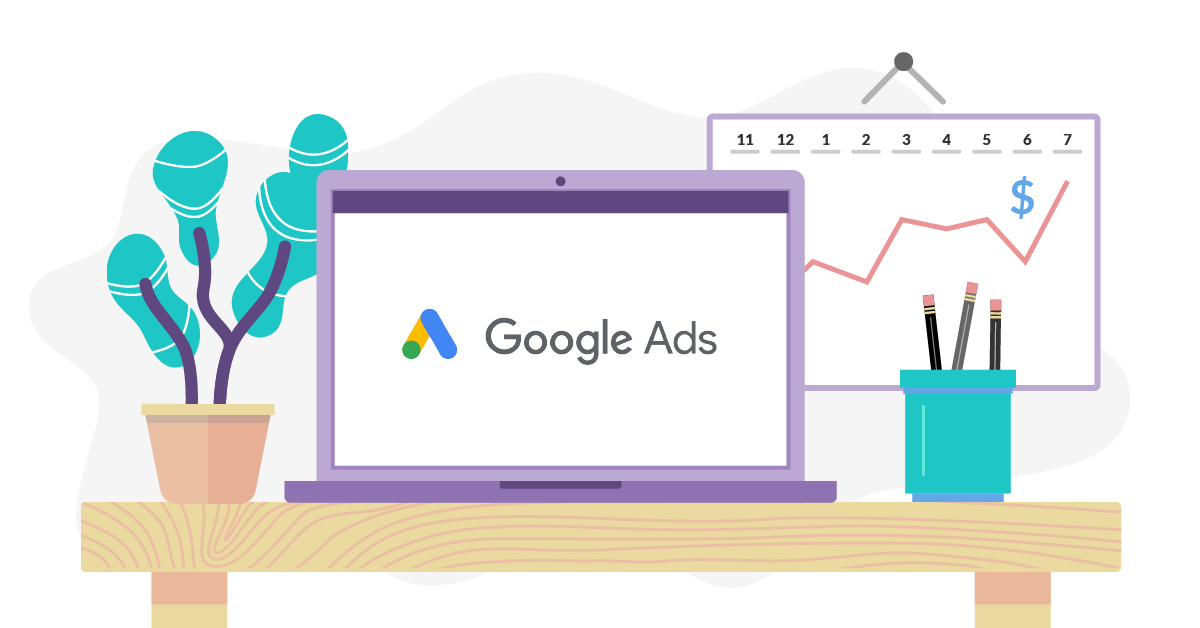As digital advertising keeps to conform, Google Ads remains one of the most powerful structures for groups trying to power site visitors, increase conversions, and construct logo attention. One of the key elements of any a success Google Ads campaign is the visible element—snap shots. Over the years, Google has made considerable strides in enhancing how ads look, interact with users, and impact performance. As technology advances, so too does the panorama of Google Ads graphics. In this text, we can explore the future of Google Ads pix, along with emerging tendencies, innovations, and how these adjustments will have an effect on advertisers and their campaigns.
The Role of Graphics in Google Ads
Before diving into the future, it’s important to understand the essential role photographs play in the success of Google Ads campaigns. Google Ads images, including display ads, banner ads, and responsive display ads, are the visual elements designed to grab the attention of customers across the Google Display Network. Display advertising ads are used to showcase products, services, or brand messages through pictures, animations, or videos.
Graphics are not just about looking proper—they’re approximately driving engagement, conveying a message quick, and growing a high quality user enjoy. High-first-class graphics had been established to boom click on-through prices (CTR), pressure better engagement, and enhance conversions. They play a important position in shooting person hobby within the break up-second it takes to decide whether to interact with an advert or pass on. As the virtual advertising and marketing area becomes more aggressive, the capability to create standout visuals turns into even greater important.
1. The Rise of Artificial Intelligence and Automation
As synthetic intelligence (AI) continues to reshape the advertising enterprise, the future of Google Ads pics will be heavily prompted through AI-pushed layout and automation. Google’s superior AI technology already electricity many features inside Google Ads, consisting of clever bidding and dynamic advert targeting. However, AI is likewise poised to revolutionize the way snap shots are created and optimized.
In the destiny, AI equipment will assist advertisers robotically generate photographs based on person information, campaign objectives, and creative first-class practices. For example, AI should assist design customized snap shots that enchantment to particular segments of your audience, making sure that your ads are visually tailored to each organization. With automation, advertisers can be capable of swiftly generate multiple ad variations, testing special image designs in real time to pick out the only visuals for their campaigns.
Moreover, Google’s Responsive Display Ads already use AI to mechanically regulate picture sizes, headlines, and outlines to fit diverse placements throughout the Display Network. In the future, AI could enlarge its role by optimizing the picture elements of those ads in real-time based totally on performance facts, consisting of engagement charges and click on-via costs. By analyzing how one of a kind visuals carry out with unique demographics, AI ought to routinely alter photographs for maximum effect.
2. Increased Use of Video and Motion Graphics
Video has lengthy been diagnosed as one of the most effective varieties of content material, and Google Ads is more and more embracing this trend. In the future, motion portraits and brief-shape video content material will play an excellent more distinguished position in Google Ads images.
Google has already brought video ad codecs like TrueView advertisements, which permit advertisers to encompass video content material of their campaigns. Moving ahead, we can expect even extra emphasis on dynamic and interactive video advertisements. Video can deliver a ways extra information in a quick quantity of time as compared to static pics, making it an excellent medium for advertisers trying to interact their target market.
Motion pix, which are animated visible factors, will also turn out to be greater accepted in Google Ads campaigns. These images are recognised for his or her capability to convey complicated messages speedy and successfully, making them best for virtual advertising. Motion photos may be used to focus on key product features, create engaging name-to-movement buttons, or maybe reveal how a product works—all in a compact, effortlessly digestible format.
As net speeds and cell talents maintain to enhance, the usage of video and movement photos turns into extra on hand to advertisers of all sizes, commencing up new opportunities for creative, enticing campaigns.
3. The Evolution of Interactive and Immersive Ad Formats
As purchaser expectancies evolve, so too does the call for for interactive and immersive advertising and marketing experiences. The destiny of Google Ads photographs will possibly consist of extra interactive elements that permit users to engage with ads in meaningful methods.
For instance, interactive banners that permit customers to have interaction with the content material—with the aid of clicking to show greater records or explore product features—are already turning into famous. Google is likely to retain innovating on this vicinity by using introducing AR (augmented reality) or VR (digital fact) elements inside display ads.
Augmented Reality (AR) could permit users to strive on merchandise definitely through an ad, which includes checking out makeup merchandise or visualizing fixtures of their own houses. Virtual reality (VR), whilst nonetheless in its infancy for advertising, may want to provide greater immersive logo reports, permitting customers to explore a logo’s offerings in a fully virtual environment.
This shift closer to interactive and immersive ad formats will in all likelihood alternate the way users engage with Google Ads graphics, developing deeper connections with manufacturers and using higher engagement rates. By supplying interactive functions, advertisers can be capable of provide value past just a static image, ensuing in a more memorable person revel in.
4. The Importance of Personalization and Dynamic Creative
Personalization has end up a key trend in virtual marketing, and Google Ads isn’t any exception. As advertisers attempt to create extra tailor-made, relevant studies for users, the want for customized ad portraits will grow.
In the future, Google Ads will hold to adapt to offer more dynamic and customized creatives that cater to a user’s interests, behaviors, and options. Dynamic innovative optimization (DCO) will allow advertisers to routinely modify the visuals, messaging, or even calls-to-movement in real time, ensuring that each consumer sees the maximum applicable ad based totally on their profile and actions.
For example, if a person has been browsing out of doors equipment on line, Google Ads could dynamically generate an advert with a customised image of hiking device, tailored to the consumer’s preferences. The visible content might also be personalized based totally on their place or time of day to make certain most relevance.
Personalization will increase to creative factors like color schemes, pictures, and symbols that resonate with customers on a deeper stage. By displaying purchasers ads that sense especially crafted for them, advertisers can assume to look higher conversion fees, as users are more likely to interact with advertisements that mirror their individual needs and desires.
5. Greater Focus on Mobile-First Graphics
Mobile usage keeps to upward push, with extra humans gaining access to the net through smartphones and capsules than ever before. As a result, cellular-first photos turns into even extra crucial in the future of Google Ads.
Designing commercials with a mobile-first approach ensures that pictures are optimized for smaller screens and mobile gadgets, wherein space is restricted and consumer attention spans are brief. Future Google Ads pix will prioritize responsive design, ensuring that commercials adapt seamlessly to cell screens at the same time as keeping a excessive degree of visible excellent.
In the future, cellular-pleasant advert codecs like carousel advertisements, interactive wealthy media advertisements, and full-display mobile ads will maintain to dominate Google Ads campaigns. Advertisers will want to ensure that their photographs aren’t handiest visually compelling but additionally optimized for velocity and cell interaction, taking advantage of the tactile nature of cellular gadgets to encourage user engagement.
Conclusion: Embracing the Future of Google Ads Graphics
The future of Google Ads photographs is full of interesting possibilities. With improvements in AI-driven layout, video and movement pix, interactive ad codecs, and personalization, the manner advertisers create and display graphics will maintain to adapt. Advertisers who include these innovations may have the opportunity to interact users in new and thrilling ways, growing greater memorable stories that drive higher engagement and higher effects.
To stay ahead inside the aggressive international of digital advertising, it’s crucial for manufacturers to live updated with the present day developments in Google Ads photographs. By adopting new codecs, optimizing for mobile, and incorporating interactive and dynamic factors, advertisers can make sure that their campaigns continue to be sparkling, applicable, and powerful. The future of Google Ads photos is bright, and people who adapt to these modifications can be quality located to capture their audience’s interest and force fulfillment.




